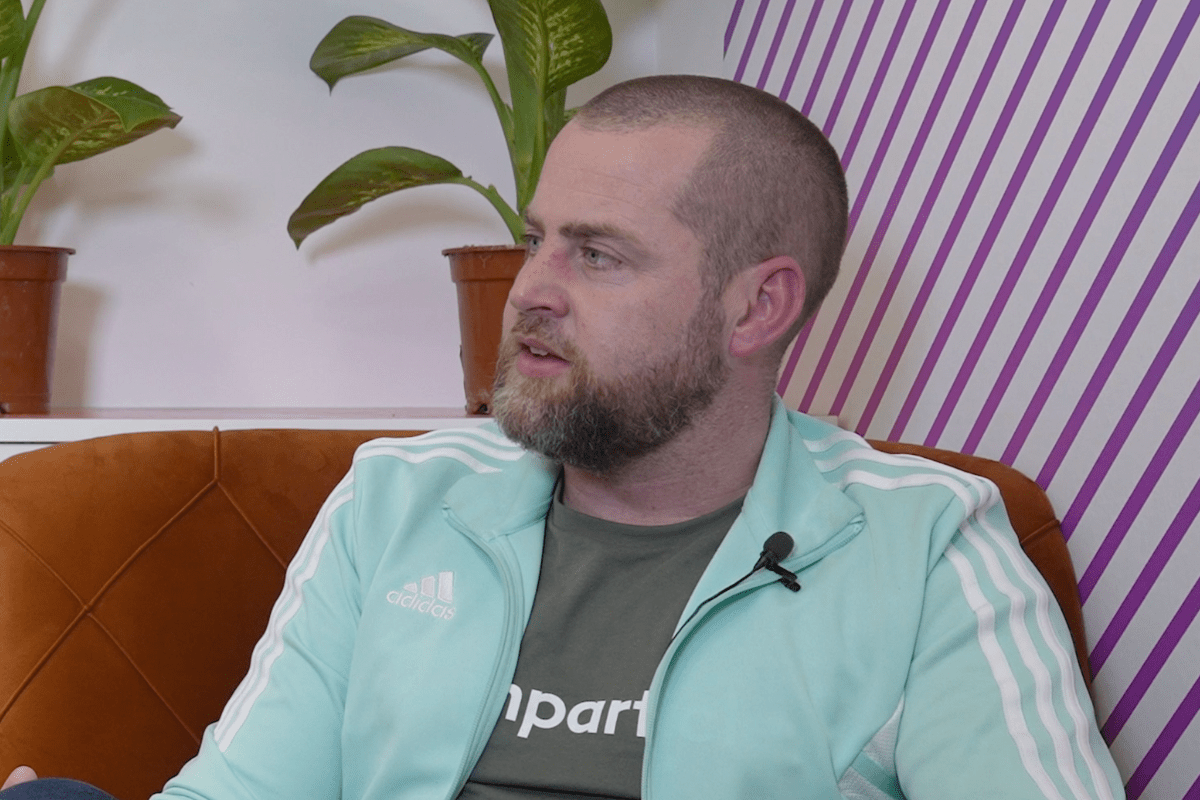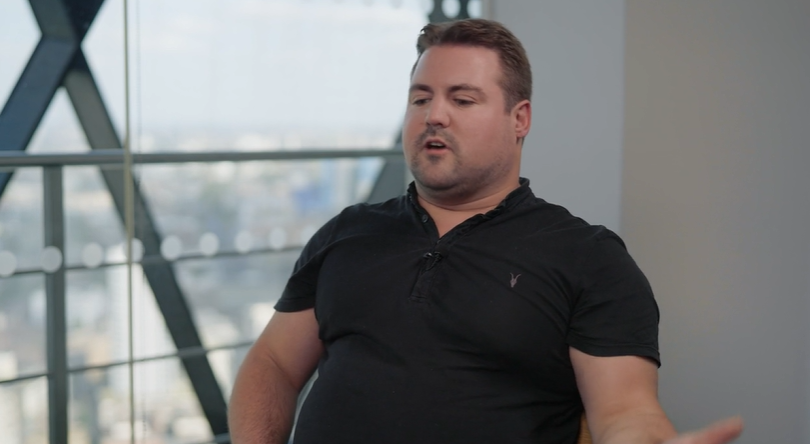Mobile Marketing meets Tommy Torjesen, Head of Product at Cavai
- Friday, March 26th, 2021
- Share this article:
Mobile Marketing Magazine sits down to interview Cavai’s Head of Product Tommy Torjesen to discuss the company’s latest technological innovations, how conversational advertising leverages social media, and why the pandemic has accelerated the demand for alternative advertising channels.
 Mobile Marketing: Can we discuss the evolving nature of your conversational marketing technology and how it leverages social media to engage audiences.
Mobile Marketing: Can we discuss the evolving nature of your conversational marketing technology and how it leverages social media to engage audiences.
Tommy Torjesen: Our technology is developing rapidly, encompassing conversations across display and social ecosystems, with dialogue and video, to create a full-service, conversational ‘cloud’. Innovations like our Cavai Bubble replicate social media chat functionality in a contextual mobile format to help brands reach their consumers in a more familiar way. This mobile-first format puts marketing in a familiar and safe framework, where the chat-based communication function sits cosily in the bottom right corner of a screen. Mimicking the popular social media messaging functionality consumers are used to, the Cavai Bubble creates a dialogue, consisting of questions and answers relevant to the brand’s product or service which eventually lead pre-qualified customers to conversion. Without the need for advanced AI, the Cavai Bubble chat format presents a tailor-made, written conversation that gently guides and persuades customers towards a decision-making mindset.
Today, automated customer dialogue is one of the largest global trends for brand communication. As a consequence, several large companies have invested heavily in chatbot technology on their own websites. Indeed, surveys show todays consumers actually prefer conducting short chats with brands through chatbots. With Cavai’s conversational products, brands can now provide an enhanced user experience using creative advertising formats that drive engagement and conversions, all in a format that consumers respond well to.
MM: Tell us about your latest innovation Conversational Facebook Messenger Ads
TT: Conversational Facebook Messenger Ads will be launching in April and will allow users to initiate a text conversation with a brand, simply by the click of a button. Encouraging conversations between brands and users in an environment they already use for conversations and messaging, increases relevance and the likelihood of them engaging. Using Cavai Cloud, brands can aggregate, extend and optimise conversational campaigns across display and social – all from one place.
Users will be presented with ads on Facebook and Instagram which will send them directly into conversations with a brand in Messenger. Once users arrive in Messenger, a two-way communication can begin. The conversation is premade using Cavai’s decision-tree technology, and Cavai’s conversation designers can collaborate with the brand on crafting the optimal conversation. Following results closely, brands can optimise conversations in real-time from Cavai Cloud and analyse insights from the conversation flow to enhance campaign results. With Conversational Facebook Messenger Ads, consumers are in the environment where the dialogue takes place and they are already in conversation mode, as opposed to when encountering a conversation in display.
MM: Can you share an example of how your clients are using conversational advertising successfully.
TT: Generally speaking, conversational advertising lends itself well to all the classic marketing objectives like raising awareness, driving consideration and intent, and the like. But brands also often turn to Cavai with objectives in mind that may not always be tied to promoting a new service or product. BMW approached Cavai to develop an engaging campaign encouraging consumers to provide opt-in consent for marketing campaigns as a result of newly enforced GDPR regulations.
A consent-based customer base of 200,000 by 2025 had become the most important performance target for the Norwegian marketing department of BMW (in addition to selling cars, of course). Unlike previous new model launch campaigns that enabled the brand to collect several new consents, this time round BMW didn’t have a new model to promote, so they couldn’t rely on price and product in the campaign.
This led them to partner with Cavai on a fun BMW-related quiz that users completed to be in with a chance of winning a grand prize. On completion of the quiz, they were led to a landing page to register their contact details to be entered into the prize draw and consent to receiving marketing material from BMW.
An unbelievable 18,975 users clicked through to the landing page, giving an amazing conversion rate of 30.81 per cent. Brands like BMW and public sector organisations are wising up to the value that conversational brings to increase engagement and ultimately drive conversions.
MM: How has the pandemic accelerated the demand for conversational advertising?
TT: Any service where there is a lot of pre-qualification – the conversational format comes into its own. So specific to the pandemic – business loans and financing and what type of loan you qualify for sits very neatly with the conversational format, governments have a very complicated and evolving message to impart to citizens which means there are lots of questions that arise based on who the user is. All these questions are not easily answered in traditional display formats but a rolling conversation is very effective for disseminating relevant info for a user. During the pandemic, some brands managed to be helpful, answering questions and concerns and imparting useful information, thanks to conversational mechanics, at a time when there are lots of questions that need answering about how to access products and services. Particularly at a time of crisis, it is important to move away from static brand monologues and to show customers you’re listening.
















